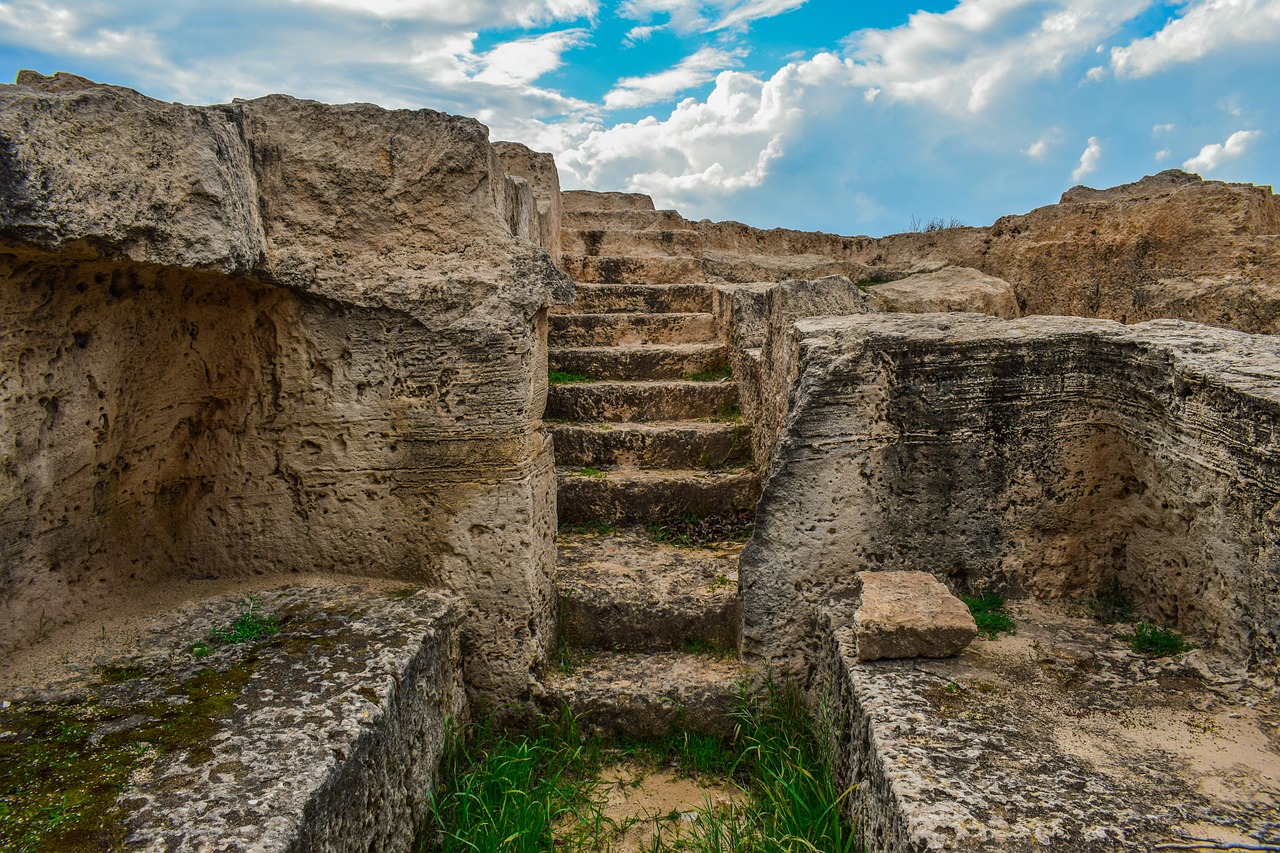During renovation efforts aimed at a century-old sewer system in Rome, workers unexpectedly uncovered a life-sized marble statue representing Hercules, distinguished by its lion skin headdress. Jane Draycott, an archaeologist at the University of Glasgow, expressed her astonishment at the discovery, calling it a delightful surprise amid less glamorous surroundings, as noted in the Miami Herald.
The remarkable find occurred along the historic Appian Way, an ancient route that now lies beneath Scott Park. The construction crew was repairing a compromised pipeline when they encountered the statue on January 25, a discovery publicized by the Parco Archeologico dell’Appia Antica on social media. Ongoing efforts to restore the sewer infrastructure preceded the discovery and aimed to address hazardous sinkholes that had formed due to the pipeline collapse.
Archaeologist Federica Acierno, only 27 years old, is currently leading the initial assessment and cleaning of the statue at a temporary site nearby. Although both legs of the sculpture are damaged, the base and feet were also retrieved during the excavation. It seems that this statue was deliberately interred in the sewer pipe roughly 65 feet below the current surface, which complicates efforts to date the piece using surrounding soil. Instead, experts rely on its observable characteristics to approximate its age.
The archaeology team proposes that the statue could represent Emperor Gaius Messius Quintus Traianus Decius, or Decio Traiano. This theory is supported by the statue’s facial features, which bear a resemblance to known coinage depicting the emperor, who ruled from 249 to 251 CE. The discovery has drawn media coverage in Italy from the Corriere della Sera and internationally from sources like Wanted in Rome and the Evening Standard.
The Parco Archeologico dell’Appia Antica plans to showcase the newly unearthed Hercules statue in the near future and is contemplating its inclusion in the exhibition “Patrimonium Appiae: Depositi emersi.” This exhibit, currently on display at the Casale di Santa Maria Nova, highlights recent archaeological finds along the Appian Way and will run until June 30.
The unexpected encounter with this life-size marble representation not only adds a new treasure to Roman history but also exemplifies the surprising nature of archaeological work beneath the city’s surface.



